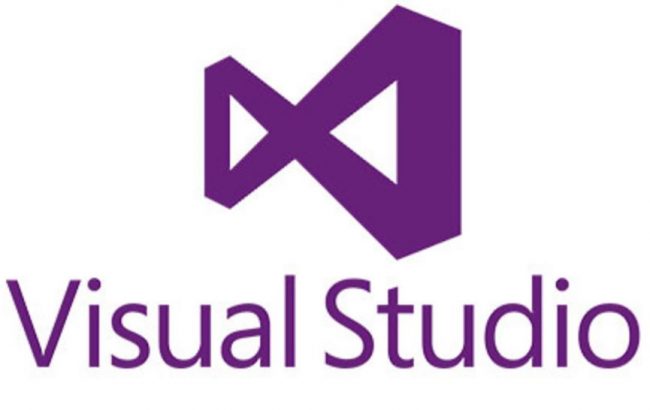Microsoft is doing developers everywhere a huge favour and making a port of their own Visual Studio for the Mac, coming sometime during November.
The Integrated Development Environment (IDE) will now be available for Mac operating systems that will make all developers feel comfortable when they switch over from a Windows to a Macintosh.
“At its heart, Visual Studio for Mac is a macOS counterpart of the Windows version of Visual Studio. If you enjoy the Visual Studio development experience, but need or want to use macOS, you should feel right at home,” an official release stated.
“Its UX is inspired by Visual Studio, yet designed to look and feel like a native citizen of macOS. And like Visual Studio for Windows, it’s complemented by Visual Studio Code for times when you don’t need a full IDE, but want a lightweight yet rich standalone source editor.”
The move to port the software to Mac computers isn’t something that should surprise us all in the current scene of things. After being friendly enough to share their code with Linux developers, Microsoft wants to get into the good books of the developers as well. This will open the door to possibilities of widening Microsoft’s reach and also widening their bank accounts, considering that numerous developers will now be able to use Microsoft’s tools.
It was first announced at the Connect() conference and Microsoft had also announced that they will make a preview version of the Visual Studio for Mac available for download. This will make the possibilities of building apps for iOS and Android using the .NET Core thanks to Microsoft’s Azure integration.
Why this will be a major boon for developers in the Mac fraternity as it will support newer languages while it is, by itself, written in C# on top of the open-source MonoDevelop IDE. With more and more companies, new and old making it easy for developers to code with their free-to-use and OS-flexible web-apps, big names like Microsoft are being ignored for their own more powerful alternatives. With this move, the company should gain back lost traction and also make it the go-to option for developers worldwide.
Either way, this also means that there will be a huge spike in the number of apps we’ll see release for iOS and Android.
